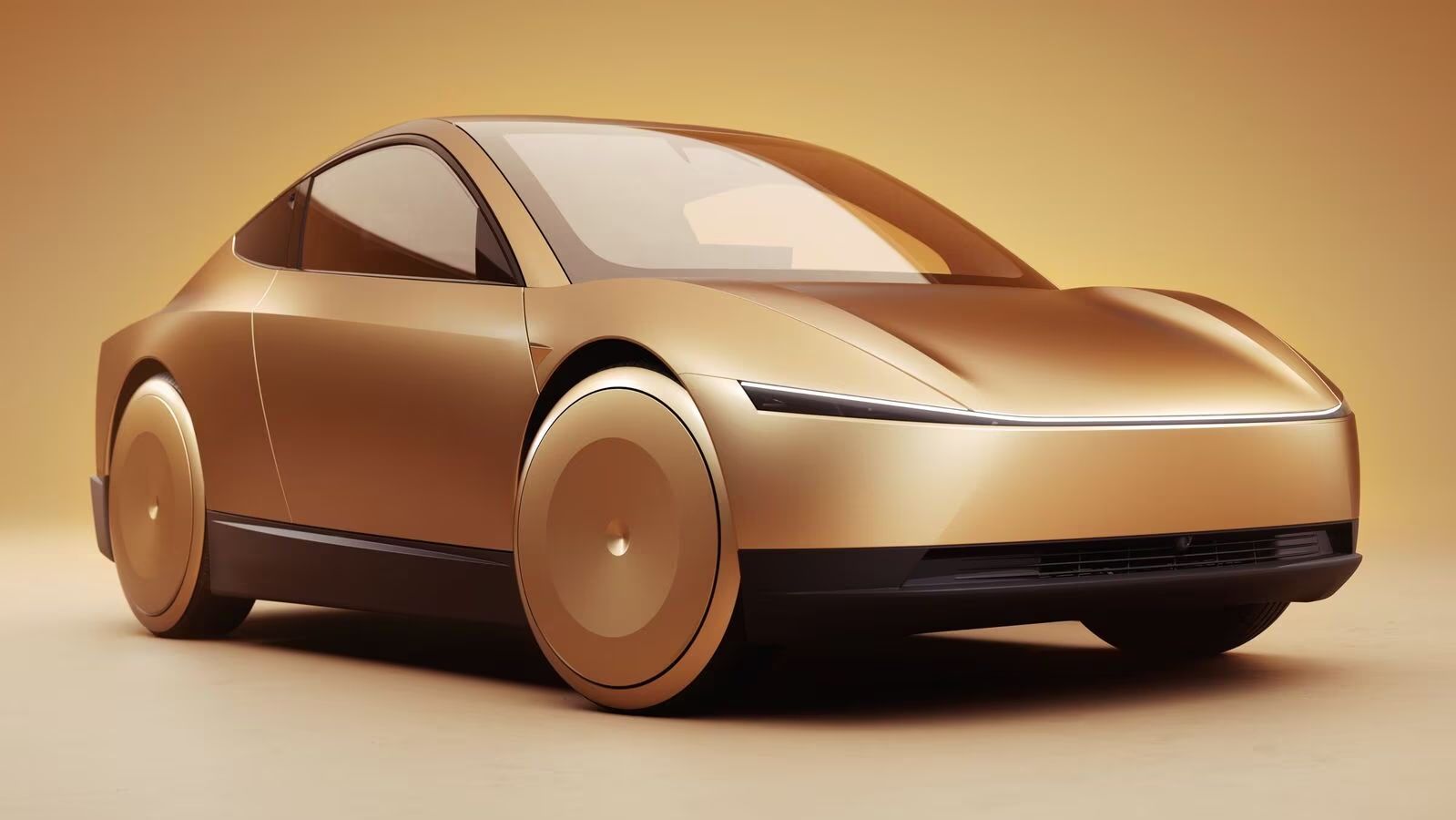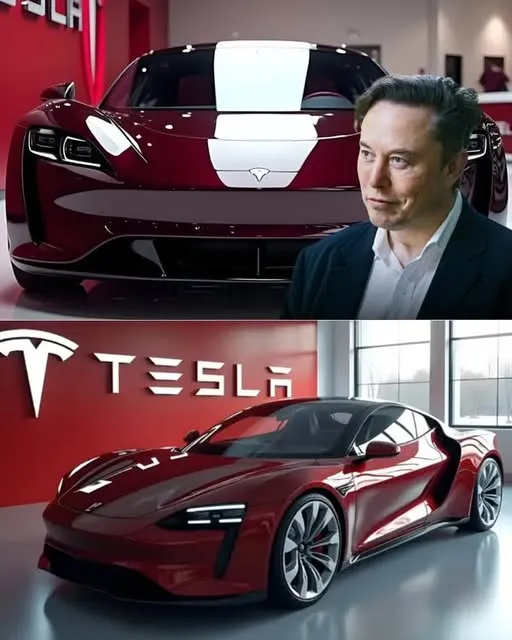
In the latest flare-up of Silicon Valley's self-driving wars, Elon Musk took pointed jabs at Waymo — the autonomous vehicle division of Alphabet, Google's parent company — during Tesla’s recent earnings call. But the retort came swiftly and sharply from John Krafcik, the former CEO of Waymo and one of the most experienced figures in the robotaxi space.
“Tesla has never competed with Waymo — they've never sold a robotaxi ride to a public rider,” Krafcik declared in an email to Business Insider. “And although Tesla hopes to compete with Waymo someday, they've failed utterly and completely at this for each of the 10 years they've been talking about it.”
This exchange between Musk and Krafcik highlights not only a clash of personalities but a deeper philosophical and technical divergence in how both companies envision the future of autonomous transportation. Tesla, under Musk’s direction, has championed a vision of scalable, AI-powered autonomy that eschews costly sensors in favor of camera-only perception.

Waymo, by contrast, has taken a more methodical, safety-first approach built on high-definition mapping, lidar sensors, and operational design domains that limit deployments to carefully mapped urban areas.
At the heart of the dispute is the credibility of Tesla’s Full Self-Driving (FSD) system — a technology Musk has promised would revolutionize transportation for over a decade. Despite numerous software updates and incremental improvements, Tesla has yet to launch a fully driverless public robotaxi service.
Instead, Tesla drivers using FSD today remain legally and practically responsible for vehicle control, and the system continues to operate under supervision.
Meanwhile, Waymo has steadily expanded its robotaxi footprint. Since its inception as Google's self-driving car project, Waymo has logged millions of autonomous miles and now runs public robotaxi operations in cities like Phoenix, San Francisco, Los Angeles, and Austin. The company’s fleet of Jaguar I-Pace electric SUVs, equipped with lidar, radar, and a host of other sensors, completes over 250,000 public rides every week.
These vehicles drive without human operators onboard — a key milestone Tesla has yet to achieve.

During Tesla’s earnings call this week, Musk struck a confident tone, predicting a “pilot” robotaxi rollout in Austin as early as June 2025. According to Musk, this pilot will consist of 10 to 20 Tesla Model Ys running autonomous rides, followed by a rapid scale-up that could see “millions” of robotaxis on the road by the second half of next year. He boasted that Tesla could eventually capture “99% or something ridiculous” of the robotaxi market.
But Musk’s optimism drew fresh skepticism, particularly from those who’ve followed Tesla’s repeated delays in delivering full autonomy. Krafcik, who led Waymo from 2015 until 2021, is especially well-positioned to evaluate such claims. Now serving on the board of electric vehicle manufacturer Rivian, Krafcik minced no words.
“Well, after 10 years of undelivered promises, it seems pretty rational for those watching to be data- and evidence-driven,” he said. “There's still a lot of promises, still no Tesla liability for FSD driving performance, and still no universal robotaxi service.”
Indeed, Tesla’s robotaxi ambitions rest on the assumption that its general AI can handle edge cases — the unpredictable, rare events that challenge even human drivers — without needing extensive pre-mapped data. The company’s FSD approach hinges on neural networks trained on billions of miles of video footage from Tesla’s existing fleet. But to date, all demonstrations of Tesla's robotaxis have featured safety drivers present in the vehicle.

A recent promotional video on X (formerly Twitter) showed a passenger hailing a Tesla Model Y, but a backup driver was clearly visible behind the wheel. Tesla said it has completed over 1,500 supervised trips totaling 15,000 miles, still falling far short of Waymo’s operational autonomy.
Musk has long been critical of Waymo’s reliance on lidar, which he claims is expensive and unnecessary. On the call, he mocked the cost of Waymo’s technology, saying “The issue with Waymo’s cars is it costs way more money,” and even made a pun on the company’s name: “Rim shot.”
He added that Google’s strength in AI makes it “ironic” that its self-driving arm chose to bet on such hardware-heavy strategies. Musk estimated that Tesla’s robotaxi hardware could cost “a quarter to 20%” of what Waymo’s vehicles cost, with far greater manufacturing scale and efficiency.
But for Krafcik and many in the autonomous vehicle industry, cost arguments are secondary to safety. “In the long run, the cost of sensors has a trivial cost-per-mile impact over the useful life of a robotaxi,” Krafcik said, “while also providing massive quantifiable safety benefits.”

Analysts remain divided. Tom Narayan of RBC Capital Markets recently projected that Tesla’s robotaxi business could generate $80 billion in annual revenue by 2040, assuming the company can overcome its technical hurdles and regulatory challenges. That’s a massive hypothetical payout — but one that rests on technology Tesla has yet to fully prove.
Musk’s strategy banks on a future where a fleet of AI-powered Teslas operates autonomously across various cities without relying on pre-built maps or expensive sensor suites. It’s a bold vision, and if realized, it could undercut the high capital costs associated with current robotaxi deployments. But the timeline and execution remain elusive. Musk’s promises of full autonomy have slipped year after year.
In 2019, he famously claimed that Tesla would have “one million robotaxis on the road” by 2020. That prediction, like others, never came to pass.
Waymo, while quieter in its marketing and slower in scale, has arguably achieved more in terms of real-world deployment. Its ride-hailing app is fully operational in select markets, allowing users to hail a fully driverless car without a human backup. The company’s approach is not without its own limitations — services are confined to specific geofenced areas, and expansion is gradual.
But unlike Tesla, Waymo has crossed the autonomy threshold in a meaningful way.
The debate is far from settled. On one hand is Elon Musk’s moonshot-style approach: scale fast, rely on general AI, and skip the slow, expensive process of high-definition mapping and sensor-heavy design. On the other is Waymo’s deliberate, engineering-led path: build safety-first systems that work now, even if they’re expensive and localized.
Both visions aim to transform urban mobility. But only one has shown it can operate without a driver today. As Krafcik succinctly put it, “Check the scoreboard.”
Whether Tesla catches up or disrupts the field remains to be seen, but one thing is clear — the race for the future of robotaxis is now a very public grudge match between two titans of tech. And so far, Waymo is the only one giving rides without a driver.
-1742781921-q80.webp)

-1742791064-q80.webp)
-1744258947-q80.webp)